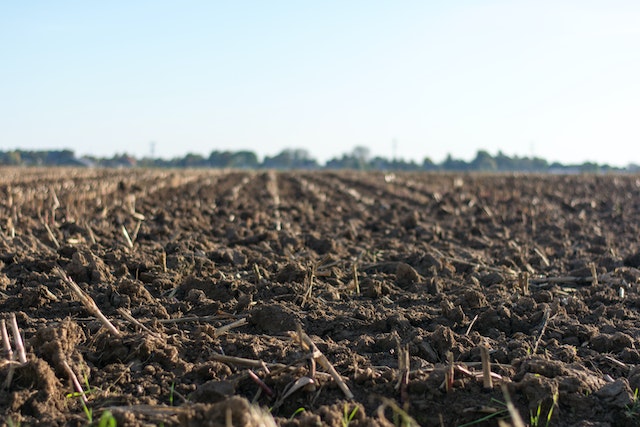From the report «Ecological importance of soil bacterivores for ecosystem functions», of Jean Trap, Michael Bonkowski, Claude Plassard, Cécile Villenave, and Eric Blanchart, pulished at Plant and Soil.
Soils are some of the most biologically diverse environments, encompassing about 25 % of global biodiversity in terms of species. One gram of soil can host 6000 different bacterial genomes, several meters of fungal hyphae and a wide range of protists, nematodes, enchytraeids or mites.

A key component of soil biodiversity involved in soil fertility and plant productivity are bacterivores, mostly represented by protists and nematodes, that contributes significantly to numerous key ecosystem functions.
For example, a number of studies showed that the presence of bacterivores could lead to higher bacterial abundance (and biomass) due to a strong reduction of senescent cells. The global effect of grazing on the soil microbial biomass and bacterial abundance estimated by the meta-analysis was −16 and −17 % of control, respectively.
Using meta-analysis tools, the researchers aimed at providing a quantitative synthesis of the ecological importance of soil bacterivores on ecosystem functions. They also intended to produce an overview of the ecological factors that are expected to drive the magnitude of bacterivore effects on ecosystem functions.
Researchers propose a new theoretical framework based on ecological stoichiometry stressing the role of C:N:P ratios in soil, microbial and plant biomass as important parameters driving bacterivore-effects on soil N and P availability for plants, immobilization of N and P in the bacterial biomass, and plant responses in nutrition and growth.
